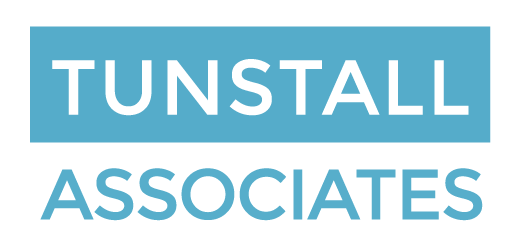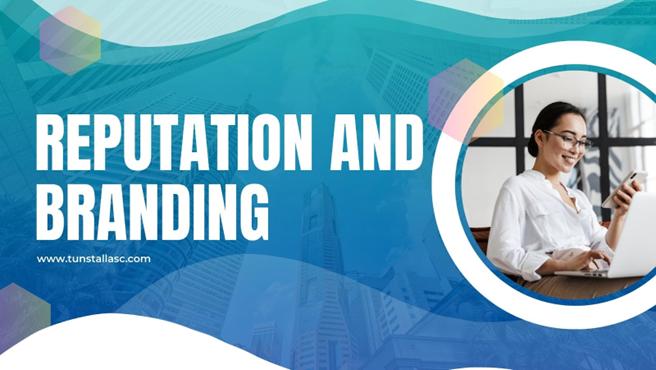In the last few newsletters, I addressed the process and requirements for effective risk management. Over the coming weeks we will turn to the broader issues around reputation and branding.
Arguably, Asian CEOs understand resilience and the true meaning of corporate sustainability to a greater depth than many of their counterparts in North America and Europe. In other parts of the world there is often intense pressure to sacrifice long term plans in the name of quarterly results for short sighted investors.
In contrast the preservation of value for future generations is usually one of the fundamental philosophies underlying the founding of a family owned and controlled business and this model is much more common in Asia. By combining a long-term focus with nimble adaptability to change, the average Asia CEO usually understands how to gauge and balance the conflicting tensions. There are often contradictory actions required to manage both very short-term and very long-term issues. In the next few newsletters we will address the tools and techniques available to the Asian CEO including the application of crisis management techniques that can help with this delicate balance.
Risk management is a fundamentally important process to preserve long term sustainability. Key components and arguably the most important assets of any corporation are reputation and brand value. In a smoothly functioning corporation the key guardians of these values are the corporate communications, marketing and risk management teams. There should always be a strong cooperative and working relation between these departments to prepare for risks that may arise and be ready to respond in the event of a crisis.
The risk management team can be an excellent sounding board and facilitator for discussions around these risks. There is much commentary on the topic of ‘reputation risk’ but this can be confusing. As all CEOs know, reputation is not a risk, but an asset. The role of the risk manager is to help the organization properly consider the risks which have the potential to impact on reputation and brand. By addressing key scenarios with the communications team and to some extent, the marketing team the company can be ready to respond strongly when difficulties occur.
When a crisis hits, resilience can be the key survival trait. This is true for corporations and individuals. Historical analysis indicates that severe drops in share price for listed companies can be triggered by risk of this type. Clearly, when share price plummets, price equity ratios go out of kilter, credit restrictions kick in, growth is terminated, pension plans frozen, and competitiveness restricted. Steep market drops impact a significant percentage of companies globally. The repercussions can last for years.
Data indicates that almost half of the 1000 largest global companies half suffered declines in share prices of more than 20 percent in a one-month period. One-quarter took more than a year for their share prices to recover.

This was graphic evidence that everyone could face serious risk. It wasn’t just ‘weak’ companies or the poorly managed that could be impacted. Arguably during this phase Asian companies featured much less prominently in the global 1,000 than they do today.
These messages are critical for the CEO. Studies reveal that almost three quarters of the biggest losses concern correlated and interdependent risks. An unexpected event triggers an initial loss of value, but then the magnitude of that loss is often amplified by interdependencies or secondary losses arising from other risks in the organization. The interdependent nature of risks and the importance of thinking about risk events in overall terms rather than just stand alone is critical. The initial trigger may lead to other consequential events within a company which may ultimately escalate into a massive value loss. This has been likened elsewhere to being like taking blows in a corporate boxing match. The first punch puts the boxer on the ropes, reeling. It’s the double whammy that knocks them down and maybe out.
In the next newsletter, we will consider low frequency, high-impact, events that drive value-killer losses. It’s the unexpected that the CEO needs to be thinking about. Scenarios around low-frequency catastrophic events and the long fat tails that will hit the organisation hardest can be most difficult to justify adequate funding.


